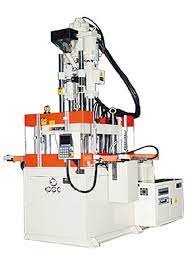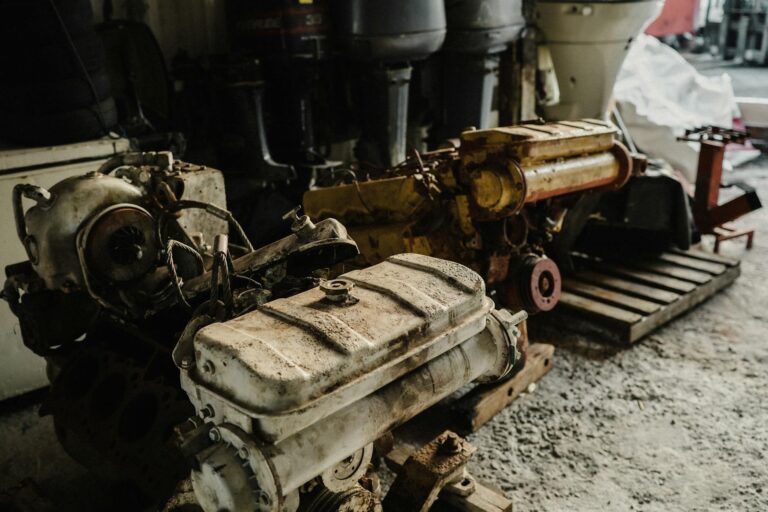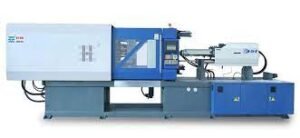Injection molding is a versatile and widely-used manufacturing process for producing plastic parts and components. Choosing the right material is crucial for achieving the desired performance, aesthetics, and cost-efficiency of the final product. In 2024, advances in material science have expanded the range of options available for injection molding. This guide explores the most popular materials, their properties, applications, and recent innovations.
1. Understanding Injection Molding Materials
Injection molding materials can be broadly classified into two categories: thermoplastics and thermosetting plastics.
- Thermoplastics are polymers that become moldable upon heating and solidify upon cooling. They can be remelted and reshaped multiple times, making them highly versatile.
- Thermosetting plastics undergo a chemical change when heated, creating a rigid structure that cannot be remolded. These materials are known for their durability and heat resistance.
2. Popular Thermoplastics for Injection Molding
2.1. Polypropylene (PP)
Properties: Polypropylene is a lightweight, flexible, and chemically resistant polymer. It offers excellent fatigue resistance and is relatively inexpensive.
Applications: Commonly used in automotive parts, packaging, medical devices, and consumer goods.
Recent Innovations: Advances in PP have focused on enhancing its strength and impact resistance, making it suitable for more demanding applications.
2.2. Acrylonitrile Butadiene Styrene (ABS)
Properties: ABS is known for its toughness, high impact resistance, and good dimensional stability. It also has a glossy finish, making it ideal for consumer products.
Applications: Widely used in automotive components, electronics housings, and LEGO bricks.
Recent Innovations: Modern ABS formulations have improved heat resistance and environmental stress crack resistance, expanding its usability in more extreme conditions.
2.3. Polyethylene (PE)
Properties: Polyethylene is a versatile and widely-used plastic with excellent chemical resistance and low moisture absorption. It comes in various densities (LDPE, HDPE, and UHMWPE) with different properties.
Applications: Commonly found in packaging, containers, pipes, and household goods.
Recent Innovations: New PE blends have enhanced UV stability and mechanical properties, making them suitable for outdoor applications and high-stress environments.
2.4. Polycarbonate (PC)
Properties: Polycarbonate is a strong, transparent plastic with high impact resistance and optical clarity. It also has good temperature resistance.
Applications: Used in eyewear lenses, medical devices, automotive parts, and electronic components.
Recent Innovations: Advances in PC have improved its scratch resistance and flame retardancy, making it more durable and safe for various applications.
2.5. Nylon (Polyamide, PA)
Properties: Nylon is a strong, durable, and wear-resistant material with good chemical resistance. It can absorb moisture, which can affect its dimensional stability.
Applications: Commonly used in gears, bearings, and other mechanical parts.
Recent Innovations: New nylon formulations have reduced moisture absorption and improved heat resistance, expanding its use in high-temperature environments.
3. Popular Thermosetting Plastics for Injection Molding
3.1. Epoxy Resins
Properties: Epoxy resins are known for their excellent mechanical properties, chemical resistance, and strong adhesion.
Applications: Widely used in aerospace components, electrical insulators, and composite materials.
Recent Innovations: Modern epoxy formulations have enhanced toughness and reduced curing times, making them more efficient and versatile for industrial applications.
3.2. Phenolic Resins
Properties: Phenolic resins offer excellent heat resistance, flame retardancy, and mechanical strength.
Applications: Commonly used in electrical components, automotive parts, and kitchenware handles.
Recent Innovations: New phenolic resins have improved processing characteristics and environmental performance, reducing emissions during manufacturing.
3.3. Melamine Formaldehyde
Properties: Melamine formaldehyde is known for its hardness, heat resistance, and glossy finish.
Applications: Widely used in kitchenware, laminates, and electrical components.
Recent Innovations: Advances in melamine formaldehyde have focused on reducing formaldehyde emissions and improving the durability of the final products.
4. High-Performance Plastics
4.1. Polyether Ether Ketone (PEEK)
Properties: PEEK is a high-performance polymer with exceptional mechanical properties, chemical resistance, and high-temperature stability.
Applications: Used in aerospace, medical implants, and high-performance automotive components.
Recent Innovations: Recent developments in PEEK have improved its processability and reduced its cost, making it more accessible for various industries.
4.2. Polyphenylene Sulfide (PPS)
Properties: PPS is known for its high heat resistance, chemical resistance, and dimensional stability.
Applications: Commonly used in automotive parts, electrical components, and industrial machinery.
Recent Innovations: New PPS formulations offer improved toughness and easier processing, expanding their use in demanding applications.
4.3. Liquid Crystal Polymers (LCP)
Properties: LCPs are high-performance materials with excellent mechanical properties, thermal stability, and low moisture absorption.
Applications: Widely used in electronic connectors, medical devices, and high-temperature applications.
Recent Innovations: Advances in LCPs have focused on improving their processability and reducing production costs, making them more competitive in the market.
5. Biodegradable and Sustainable Materials
5.1. Polylactic Acid (PLA)
Properties: PLA is a biodegradable and bio-based polymer with good clarity and ease of processing.
Applications: Used in packaging, disposable cutlery, and 3D printing.
Recent Innovations: New PLA blends have improved heat resistance and mechanical properties, making them suitable for a broader range of applications.
5.2. Polyhydroxyalkanoates (PHA)
Properties: PHA is a biodegradable polymer produced by bacterial fermentation. It offers good biodegradability and compostability.
Applications: Commonly used in packaging, agricultural films, and disposable items.
Recent Innovations: Advances in PHA production have reduced costs and increased scalability, making it a more viable alternative to traditional plastics.
5.3. Starch-Based Plastics
Properties: Starch-based plastics are derived from renewable resources and offer good biodegradability.
Applications: Used in packaging, agricultural films, and disposable items.
Recent Innovations: New formulations have improved the mechanical properties and processing characteristics of starch-based plastics, expanding their use in various industries.
6. Factors to Consider When Choosing Injection Molding Materials
6.1. Mechanical Properties
Consider the strength, toughness, and durability required for the application. High-stress environments might need materials like nylon or PEEK, while less demanding applications can use PP or PE.
6.2. Thermal Properties
Evaluate the material’s ability to withstand temperature extremes. For high-temperature applications, materials like PPS or LCP are ideal.
6.3. Chemical Resistance
Ensure the material can resist chemicals it might encounter during its lifecycle. For example, PP and PEEK offer excellent chemical resistance.
6.4. Environmental Impact
With increasing environmental awareness, choosing sustainable or biodegradable materials like PLA or PHA can be beneficial.
6.5. Cost
Balance the material’s cost with its performance. While high-performance plastics offer superior properties, they come at a higher price.
6.6. Processing Characteristics
Consider the ease of processing the material. Some materials require specialized equipment or conditions, affecting production efficiency and cost.
Conclusion
In 2024, the landscape of injection molding materials is richer and more diverse than ever. Advances in material science have provided manufacturers with a wide array of options, each offering unique properties and benefits. Whether you are looking for high-performance polymers for demanding applications, sustainable materials to reduce environmental impact, or cost-effective solutions for everyday products, the right choice of material can significantly enhance the success of your injection molding projects. By understanding the properties, applications, and innovations of each material, you can make informed decisions that align with your manufacturing goals and market demands.


















